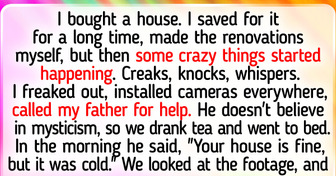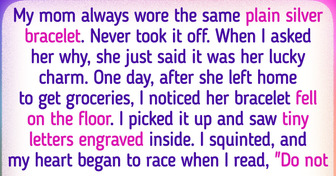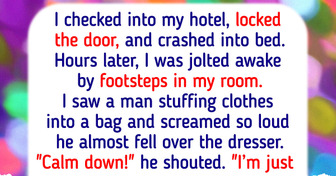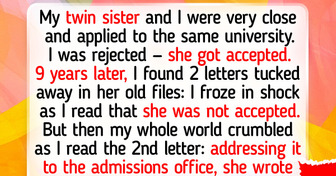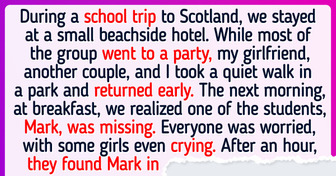A Woman Tried to Steal My Seat on the Plane Using an Unsettling Tactic

Oh, no! Your cat knocked down your mug. Coffee is all over your expensive rug. Let’s freeze time for a couple of moments and see exactly how long it will take for coffee to spill on the floor.
In regular time, it should take about a second for the initial knockdown of the mug and for gravity to do its job. Your cat is giving those menacing eyes while doing it. Yikes. 24 or 25 frames per second means that a video you see on the screen looks exactly like people moving in real life.
When the first-ever movies were made, cameras didn’t have the technology to support 25 frames per second. That’s why the movements were sped up and exaggerated. Fast-forward to the present day, and we have technology that can capture the tiniest details.
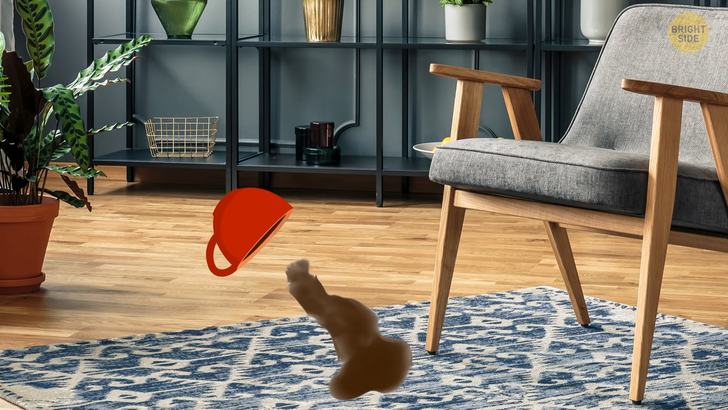
With the new cameras, we can watch a video with 90,000 frames per second. If you play it back at 25 fps, every second will last an hour. Some things might seem pretty boring, but sometimes one second can fit in a lot of exciting events. So, if your cat knocks down your mug, and it’s free-falling on your rug, you’ll see every single drop spilling out and about to hit the ground.
In a world where each second in real-time lasts an hour, everyday little things practically freeze in time. You get an hour to do whatever you want when one second lasts an hour. You place the mug back on the table and move your cat to another room. Of course, you pick up all the suspended liquid in the air and put it back in the mug.
You notice a hummingbird outside fluttering around some flowers and having its lunch. A hummingbird can flap its wings between 10 to 80 times per second while hovering. You stand right next to it and see the details of its wings and every flapping move it makes. A bee is collecting some pollen from a flower.
You head over there and notice its wings are also humming in high definition. A fly buzzes around you, but you just walk past it. You see your neighbor casually walking his dog on a leash. The dog is about to chase a stray cat, so you can see its eyes bulging out and the cat running away.
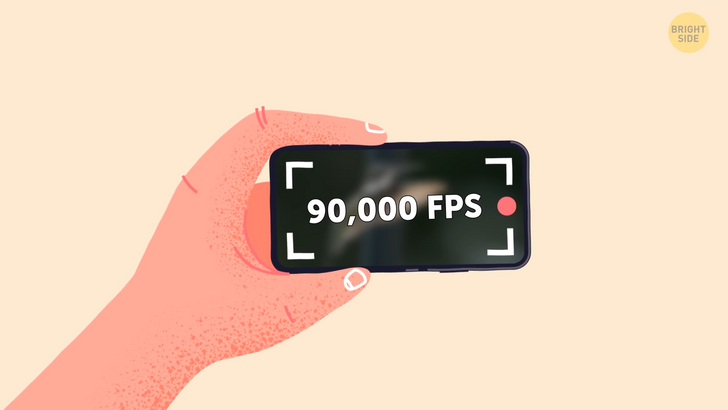
In your time, you already spent around 15 minutes which barely amounts to a second in real life. Your body is still acting on its own time, and you’re starting to feel hungry. You grab a small snack from your kitchen, keeping an eye on that hummingbird flapping its wings outside. You still have around 45 [00:45] minutes in your new time.
You decide to use them wisely and do some chores in the house to save yourself some actual real-time. You open the faucet to do the dishes, but there’s no water coming out of it. You remember it takes time for it to start running. You notice the first drop about to fall down, but it’s happening way too slowly in your new time. So, you decide to move on to other things like dusting off some of the shelves.
You move your duster and broom across the shelf. Dust slowly lifts in the air and stays hanging there. You can study it in every detail while it’s floating like smoke. You stand back and try to catch the dust balls in the air and throw them. You realize trying to dust things off makes no sense at this point.
You still have 35 minutes left [00:35], and you don’t know what to do. You want to check your phone, but the LED screen takes forever to light up. It takes a total of a little more than 8 minutes for light to travel from the Sun to Earth. This means that if you find yourself in this slow-motion world at sunrise, it will take 20 days for the Sun to reach you — that’s a lot of waking hours.

When you switch on the lights in your room, the light travels so fast there’s not enough time to process it, let alone see it happening. This number changed its value over the centuries, but the scientific community settled the debate for this. If you were living in such conditions, it might be the only way to measure the speed of light correctly. The number that was given is just an estimate based on the feasible physics we have.
The first things to know when measuring the speed of light are the distance between two points and the time it takes for an object to travel between point “A” and point “B”. With distance divided by time, you’ll have the speed of light. A good way of measuring the speed of light is by using mirrors and light beams. You might get a controlled environment for the experiment with equal distance and equal speed. But the main flaw is that we’ll get the light beam’s roundtrip from Point A to Point B, rather than just the light beam’s one-way trip from A to B.
The reason why this is important is that the speed of light bouncing back from Point B to Point A may not be equal to that from initial Point A to Point B. I know it’s confusing, but let me break it down to make it simpler. You’re sitting on a train waiting to go home after a long day at work. The train arrives perfectly on time. As it starts moving, you fall asleep in your seat. A moment before that, you check the clock and see it’s exactly 9 PM.
After a while, you wake up in the exact same spot you were the moment you fell asleep. But this time it’s 11[:00] PM! You slept through the whole ride and have to wait till you get home. We assume that it takes the train 1 hour from the train station to your home and another hour from your home back to the train station. This sounds logical when connecting this to light beams, but Albert Einstein said otherwise. He assumed that space and time were absolute, and the speed of light could vary.
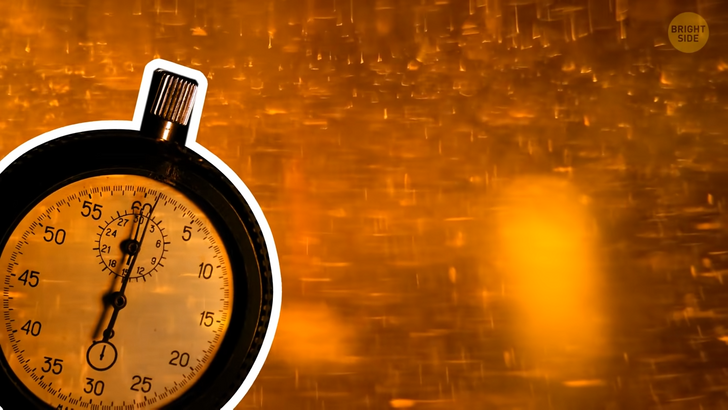
In the case of the train ride, Albert Einstein would’ve said it’s possible that the trip from the train station to your house took an hour and 59 minutes, and 1 minute from your house back to the train station. It can be of any value. Some scientists didn’t support this idea initially, but it kept popping up a lot. So, the question is: how do we measure the speed of light without the return trip?
We could probably use those high-speed cameras to capture it frame by frame until we get a definitive result, but it’s not that simple. We won’t know for sure because the light we see from the lens is already a reflection of the actual light — we don’t see it in its purest form. Unfortunately, there is no way to measure the real speed of light at the moment. The number scientists came up with is just a way to conceive it without really knowing its actual value.
We need that number to do calculations in Math and Physics to understand our world better [?]. Back in the land where 1 second equals [=] 1 hour, the laws of physics work in a different way, and you can watch every process step by step. You return to your kitchen and try to light up the stove to see how the fire starts. You can watch the sparks form with a tiny flame in the making.
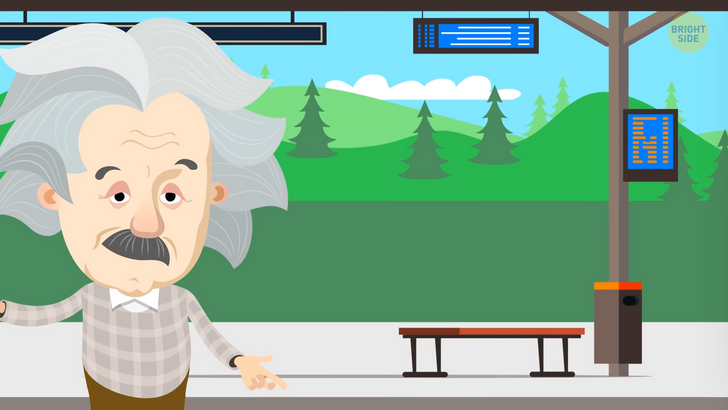
There’s some water around it slowly turning into vapor. If 60 seconds is 1 hour, then 1 minute will last for 2 and a half days, and an hour will last about 5 months. One day will last just under a decade, and one month will be around 300 years long.
A full year will be equal to around 3,600 regular years. In this reality, our bodies will age according to how they function internally. So, if your body’s lifespan extended for many years and 365 days would be equal to 3,600 years, all that time wouldn’t even be enough for you to grow out a ponytail if you had a buzz cut.


